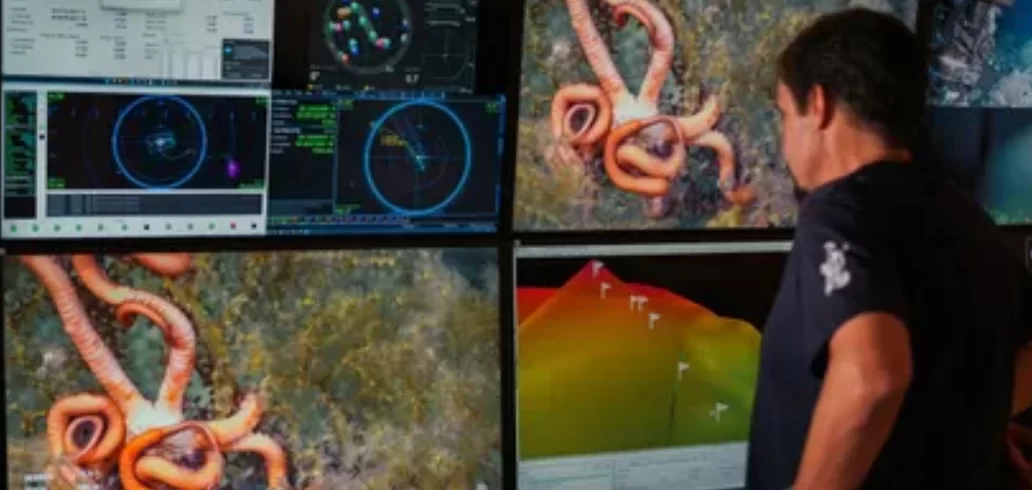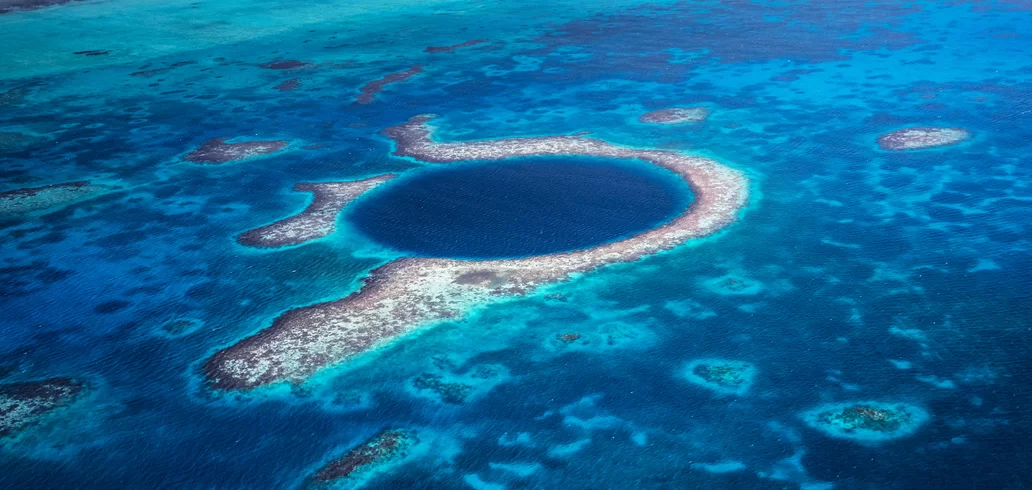Curiosities
What are the differences between the mastodon and the mammoth?
Advertisement
1. **Size and shape of the tusks:**
– Mastodons generally had straight or slightly curved tusks, while mammoths had long, curved tusks. Mammoth tusks were better suited for scraping vegetation, while mastodon tusks were better suited for tearing off branches and bark from trees.
2. **Tooth structure:**
– Mastodon teeth were more conical and adapted for eating shrubs and twigs, while mammoths had flatter teeth, suited for grinding grasses and undergrowth.
3. **Body size and shape:**
– Mastodons were generally somewhat smaller and more robust than mammoths. Mastodons had more compact bodies and shorter legs compared to mammoths, which had more slender bodies and longer legs.
4. **Geographical distribution:**
– Mastodons were more common in the Americas, while mammoths had a wider distribution, being found in North America, Europe, Asia and Africa.
Both mastodons and mammoths belong to the proboscidean group and lived during the Pleistocene period, but these anatomical differences reflect their adaptations to different environments and feeding patterns.
Main differences between the elephant and the mammoth
The elephant and the mammoth are members of the same family of mammals, but they have some notable differences:
1. **Species and extinction:**
– Modern elephants belong to the species Elephas maximus (Asian elephant) and Loxodonta africana (African elephant), while mammoths belonged to several extinct species, such as the woolly mammoth (Mammuthus primigenius) and the Columbian mammoth (Mammuthus columbi). Mammoths have been extinct for thousands of years, while elephants still exist in the wild.
2. **Size and height:**
– Mammoths were generally larger than modern elephants, with some specimens reaching heights of up to 4 meters at the shoulder. African elephants are the largest living elephants, followed by Asian elephants, which are slightly smaller.
3. **Preys:**
– Mammoths had long, curved tusks, similar to mammoths but usually straighter. Asian elephants have smaller or absent tusks in females, while African elephants have larger tusks in males and smaller tusks in females.
4. **Hair and climate adaptability:**
– Mammoths had a thick coat of fur to adapt to cold climates, while modern elephants only have a thin covering of fur. African elephants are more adapted to warm climates, while Asian elephants can be found in a variety of habitats, including tropical forests and savannas.
5. **Habitat and geographic distribution:**
– Mammoths were found primarily in the Arctic and tundra regions, while African elephants primarily inhabit the savannas and woodlands of sub-Saharan Africa, and Asian elephants can be found in a variety of habitats in Asia, including tropical forests, savannas, and floodplains.
These are some of the main differences between modern elephants and prehistoric mammoths.
Differences are explained by the evolutionary history of these animals
Yes, the differences between modern elephants and mammoths can be explained by evolutionary history and adaptation to different environments over time.
1. **Prey and feeding:**
– Mammoths evolved in more open environments, where their long, curved tusks were useful for stripping vegetation from trees and bushes. This differentiated them from modern elephants, which inhabited a variety of environments and adapted to different feeding patterns. For example, African elephants, which lived in open savannas, evolved larger tusks to compete for resources and defend territory, while Asian elephants, which inhabited dense forests, had smaller or no tusks at all, since they did not have to compete for food resources.
2. **Climate and habitat:**
– Mammoths, especially the woolly mammoth, evolved in cold environments, which led to the development of a thick coat of fur for thermal insulation. In contrast, modern elephants have adapted to a variety of climates and habitats, resulting in different survival strategies. African elephants, for example, have evolved large ears to dissipate heat in hot environments, while Asian elephants have a slightly smaller body and smaller ears due to the more varied climates in which they live.
3. **Environmental changes and selective pressures:**
– Throughout evolutionary history, environmental changes, such as climate variations and changes in vegetation, exerted selective pressures on mammoths and elephants, leading to specific adaptations in each lineage. Mammoths faced extinction due to a combination of factors, including climate change, human hunting, and competition with other species. Meanwhile, modern elephants continued to evolve and adapt to changing environments, resulting in the differences seen today.
In summary, the differences between modern elephants and mammoths reflect their distinct evolutionary histories and their adaptations to different environmental conditions over time.
Trending Topics

How to Use Productivity Apps to Increase Efficiency
Discover how to use productivity apps to organize your routine, reduce stress and achieve greater efficiency in your daily life!
Keep ReadingYou may also like
The Ultimate Roblox Guide
Discover the real ways players are earning Robux — no tricks, no fake sites.
Keep Reading


